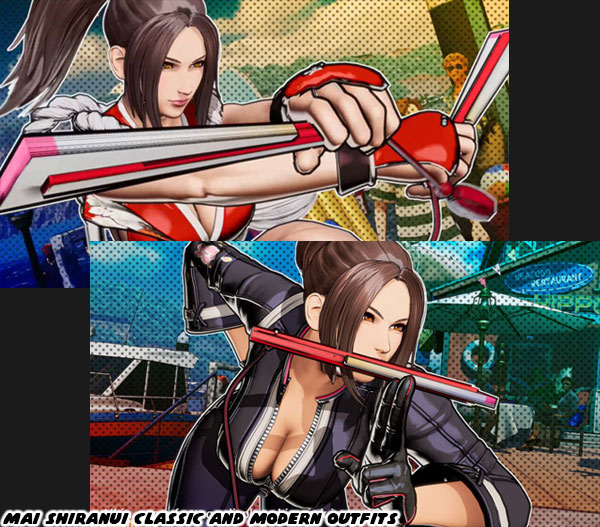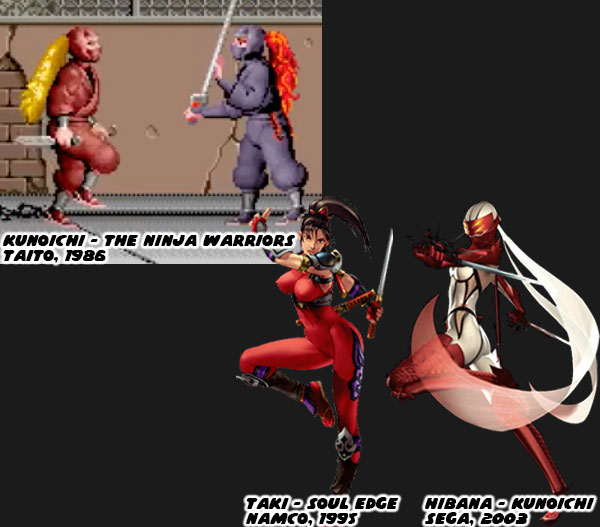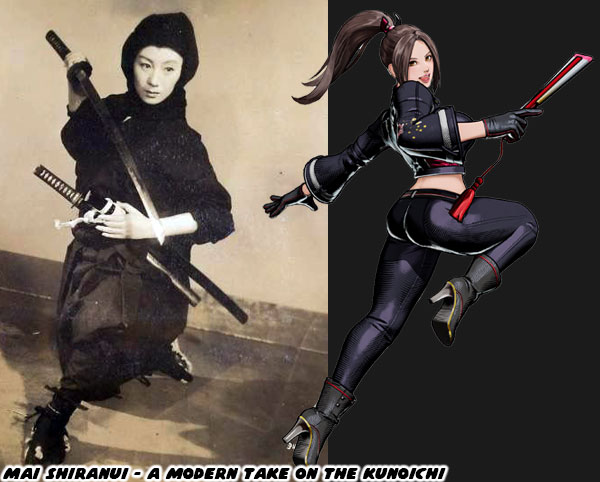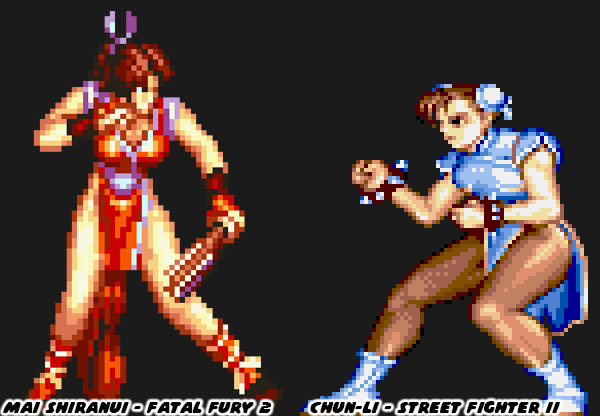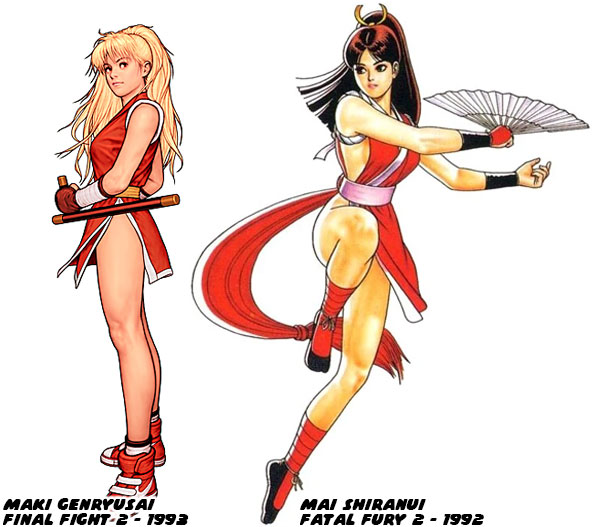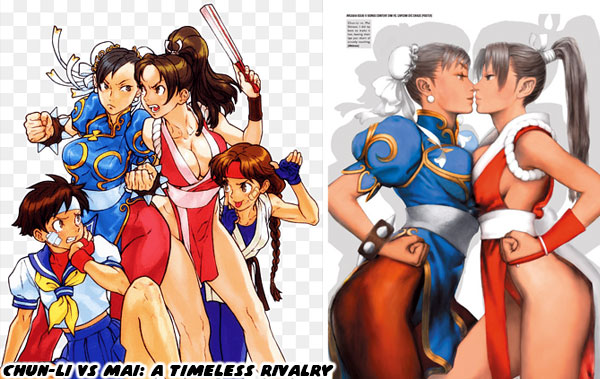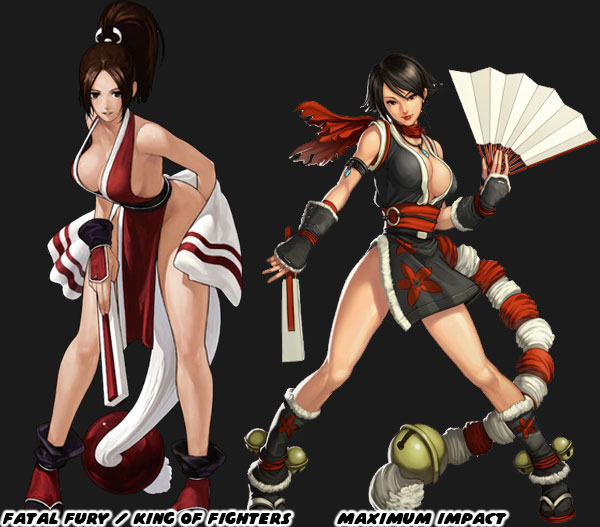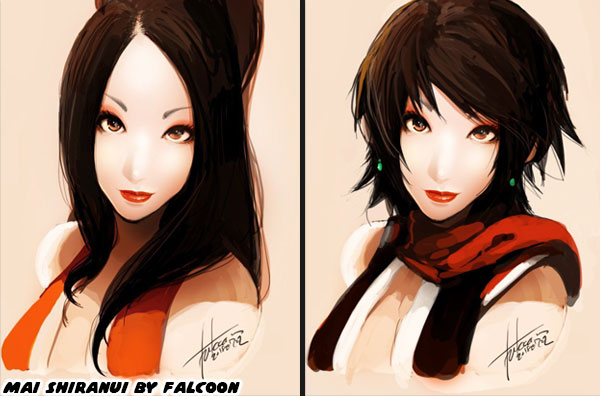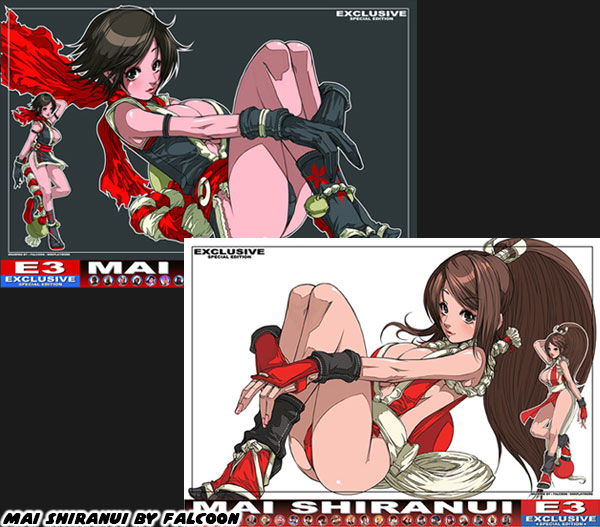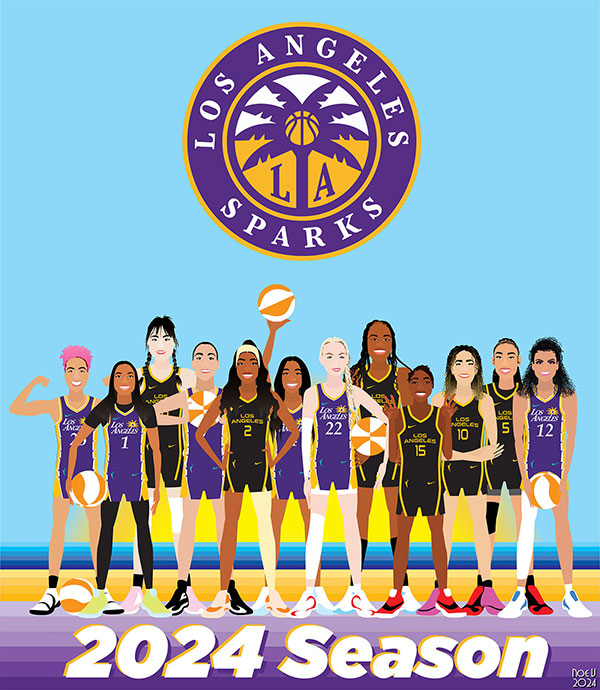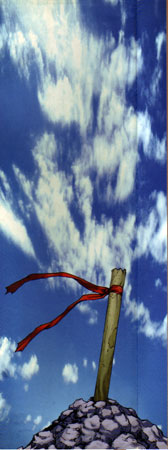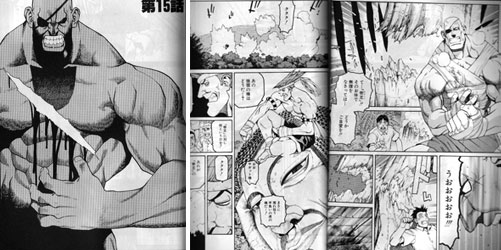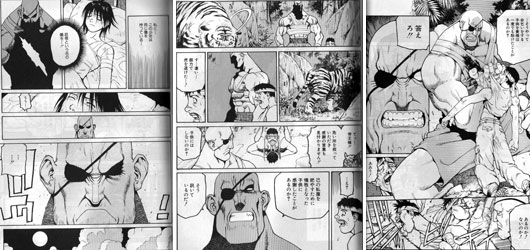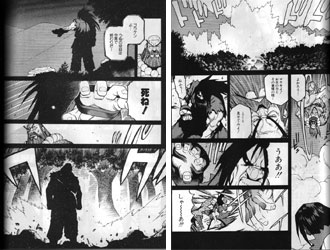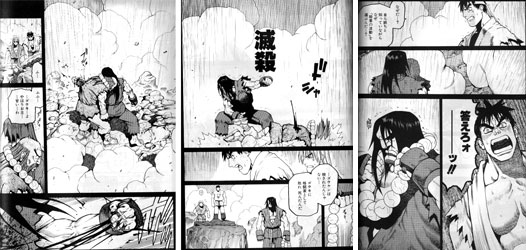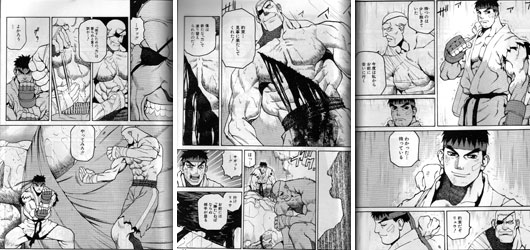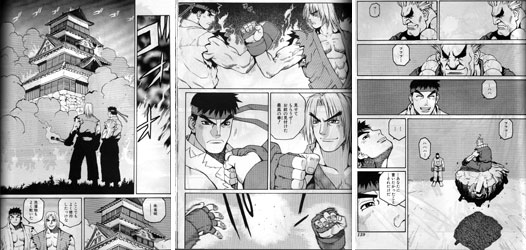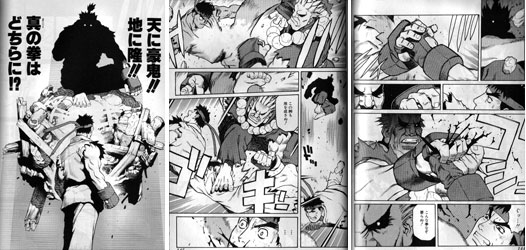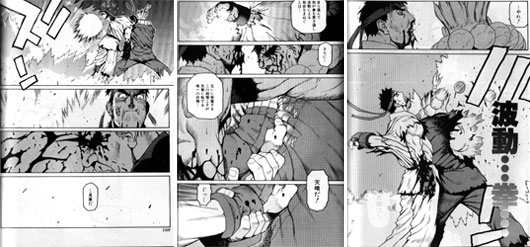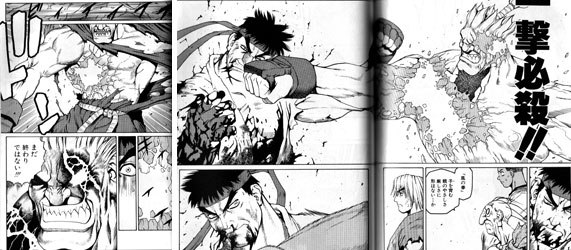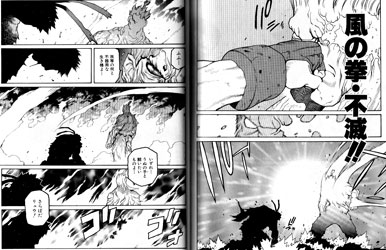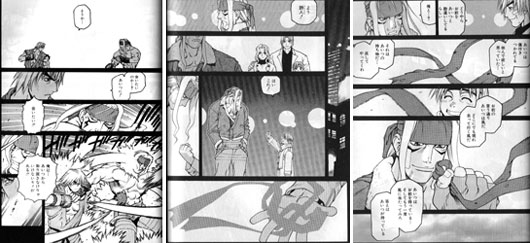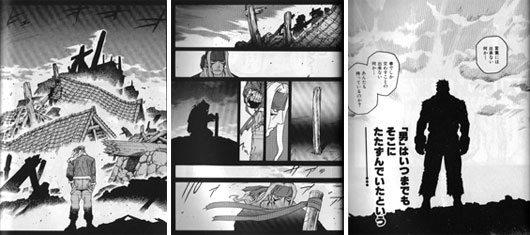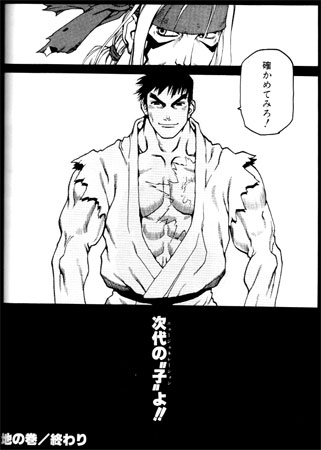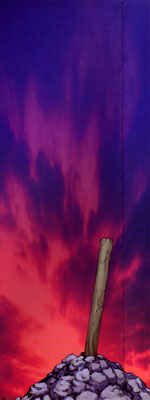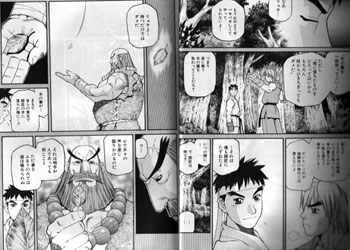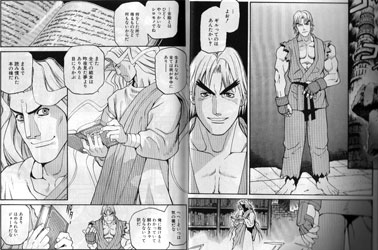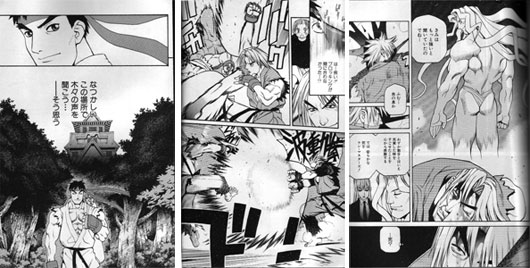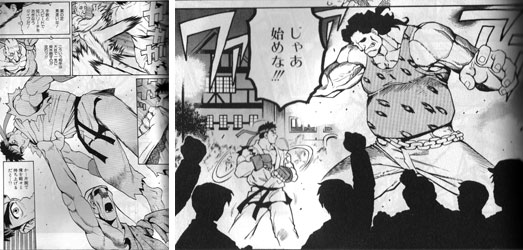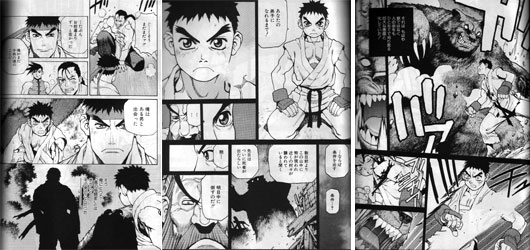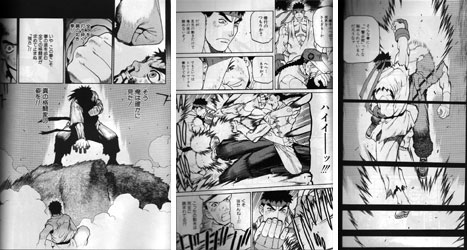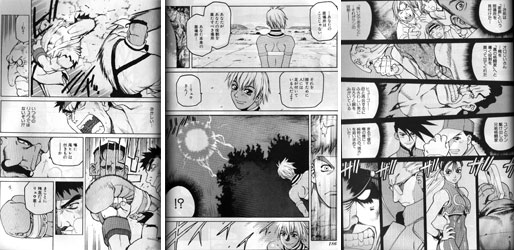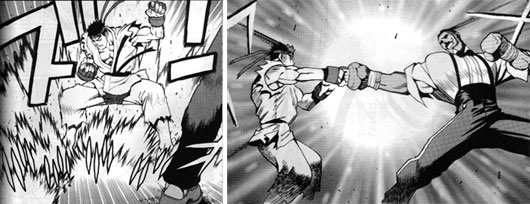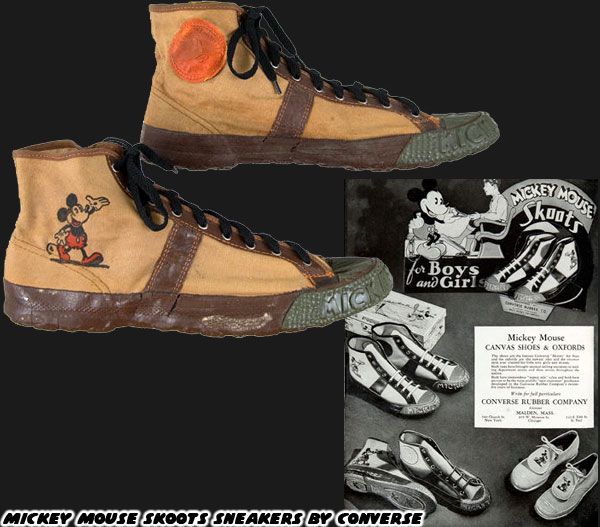
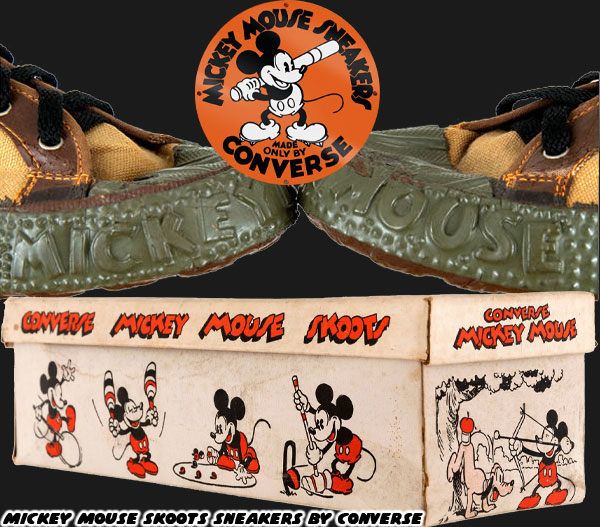
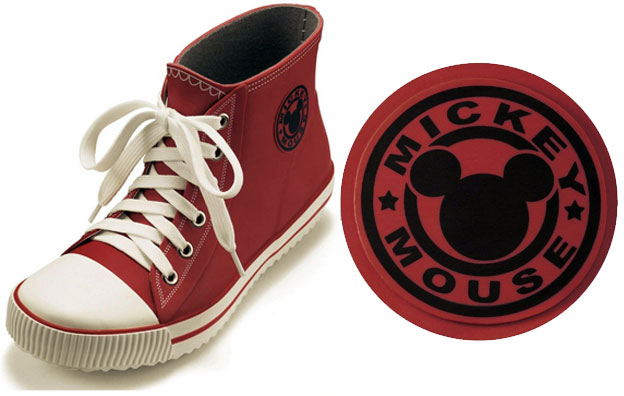


A blog about my interests, mainly the history of fighting games. I also talk about animation, comic books, car culture, and art. Co-host of the Pink Monorail Podcast. Contributor to MiceChat, and Jim Hill Media. Former blogger on the old 1UP community site, and Capcom-Unity as well.





In the late 90's the US arcade scene was tapering off. San Francisco Rush by Atari was created as a rival to anything Sega had and especially to counter the popular Cruis'n USA series by Midway. The 1996 title showed that Atari was behind the curve. However even their worst Rush showing was better than the best Cruis'n game.

Atari did an accurate representation of San Francisco to race around in. The hilly city was a good setting for an arcade racer. All Atari had to do was polish out some corners and lengthen a few streets to make it perfect. They developed a series of tracks around the city, exploiting obvious as well as hidden shortcuts with their model. They also introduced a series of cars which handled differently and had their own strengths and weaknesses. The Volkswagen-inspired cars said a lot about the still lingering hippy vibe from San Francisco. Rarely did the cars mesh so well with the theme of the game. Rush was a blast to play as cars made fantastic jumps at top speed clearing entire blocks in one go. Not many racing games ever featured cars that could leave the ground. With a few rare exceptions none of the Sega racers featured any jumps, let alone those on the scale of Rush. Expert players could "thread the needle" through a series of jumps and shortcuts that would frighten even the most seasoned racing veterans. Those that took a jump just a little bit off would end up crashing miserably and lose their spot in the race. As imaginative and arcade-like as the game was it felt like it was lacking something.

I believe the graphics were the biggest detractor to the Rush series. The tracks and cars seemed very simplistic, details were sparse and the city of San Francisco felt lifeless. AM2 was memorable for their racing games but the sum of their parts were more than great cars and tracks. None of the Rush games carried the same level of atmosphere that Sega had poured into their games. Filters to convey motion, realistic lighting effects, models made up of millions of polygons, landscape and textures which were weren't flat and generic. Atari touted the latest 3DFX technology but it wasn't enough to make Rush appear more than a very pretty computer game in the arcade. However this was also a sign of the times.
Only Japan seemingly had enough of an arcade market to keep on developing dedicated cabinets and hardware for every title. In the US corners had to be cut which meant that the tech that went into arcade titles was very scaled back and based on systems not much nicer than the PC's available in homes. All of the atmosphere and technology from the Sega games couldn't be reproduced with such limited resources. This did not stop the Rush series from taking a foothold and keeping Atari going. The 1997 follow-up Rush the Rock Alcatraz edition did well as did the last in the series, 1999's San Francisco Rush 2049. All of these games eventually found their way to the consoles where a generation that didn't have an arcade scene could see what they were missing out on. There were some arcade titles that never made the transition to the home, not because the technology wasn't there but because of the interesting ways the game was presented. On the next blog we'll look at one of the more obscure and odd titles in the driving genre.
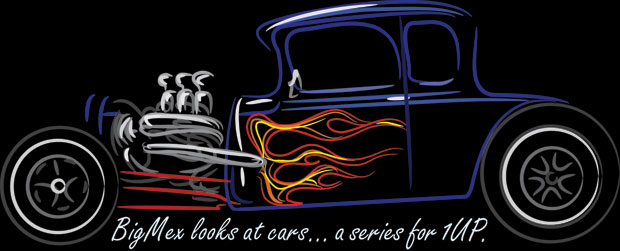
A few years after Power Drift Sega released another scaling sprites-as-3D racer called Rad Mobile. It was called Gale Racer to my friends overseas. The 1991 title was a coast-to-coast race set in-cockpit. At the core it was AM2's updated take on OutRun. Entire states could be cleared in seconds, there were hidden paths, multiple endings and cops to avoid! The graphics were very nice for the time but the details were what sold this game.

The arcade cabinet was an updated version of the Power Drift deluxe one. It rode on hydraulics to immerse the player further into the experience of racing. Hanging from the rearview mirror was a Sonic the Hedgehog. It was his first arcade cameo, a nod from Yu Suzuki to Yuji Naka for making Sega's console a real contender. The steering wheel provided force-feedback and on the dashboard were buttons to start the engine, turn on the headlights and windshield wipers. All of these things were used as the game progressed. It was nice seeing weather and time elements happen on the course. To help move the day and night along faster Yu logically had the race start on the west coast and had the cars run east. The tracks were all fantastic, some freeways suspended miles over the city or cutting a path through a valley. The most memorable level in any arcade racer is easily the Springfield portion of Rad Mobile.
It was the 12th stage in the game. Off to the side of the road was an open gate. The open track was welcoming as the rest of the racers had to contend with oncoming traffic. There was a rainstorm happening so they had to turn on their windshield wipers. It was right about then that racers realized they were on train tracks. Suddenly the cabinet would blair out a train horn and the player could see a locomotive bearing down on them in the rearview mirror. The fence on the side of the road would open up for a section of the track so the player could choose to jump into the streets and contend with oncoming traffic or take their chances and stay on the tracks. Of course most arcade gamers would stay on the tracks and take their chances with the train. It was a white-knuckle ride that has yet to be reproduced in any arcade racer. Best of all if you were a good enough driver you could beat the game on one credit, a rarity for most racing games.

The supercar that powered through this race was allegedly the Porsche 959 racing car. However most of my friends agreed that it looked a lot more like the Mclaren F1, although that supercar wouldn't debut until a year after Rad Mobile. Was this a case of design following culture or an odd coincidence?
A year before Rad Mobile the US was giving the arcade crowd an equally fantastic racer. 1990's Race Drivin' was the sequel to the groundbreaking polygon racer Hard Drivin'. Billed as the world's first authentic driving simulation game. It was a bit ugly and slow in the graphics department but more than made up for it with advances in the technology. Atari had closed the legacy on their arcade racing scene by leaving the free-wheeling Sprint games behind. They knew players wanted realism especially now that Badlands had shown that the Sprint formula was dead. Race Drivin' was as close as players would get to the feel and physics of driving without actually taking the family car out for a spin.

The Hard Drivin' and Race Drivin' cabinets were memorable for their attention to detail. These cabinets and controls were nothing at all like the freewheeling steering from the Sprint games. The steering wheels had rock-solid force feedback. Actually fighting the players for control if they were careening off course! The game also featured accurate gas, brake and even clutch pedals along with a five-speed shifter. On top of everything was a metal key that was built into the cabinet that players had to turn in order to start their cars. This game was the antithesis of every arcade racer ever. It rivaled the logic of Japanese design and trumped the details from any other western developer. However the tracks were anything but daily driving courses. They were designed to test your driving skill and patience. The game was very unforgiving. You would be penalized for driving off the course and every little bump seemed to cause your car to blow up. Every jump and landing had to be perfect or you'd be shelling out another quarter. The stunt and latter super-stunt tracks were the reasons why people really played the games. What good was realistic physics and force feedback steering if you weren't willing to drive the car like a mad stuntman? The wild jump and loop from the first title were blown out in the sequel. Players had to contend with a loop with the top portion cut out as well as a corkscrew loop as well. It was an amazing experience for a racing game.
Between Rad Mobile and Race Driving players could see how differently each country approached the racer. Sega would learn from Atari (then owned by Namco) and top Race Drivin'. They combined the US polygons with the memorable Japanese track designs and gave us Virtua Racing. Later on they would also give us Daytona. Atari would eventually catch up to the trends and release a series that many here hold in very high regards. Come back tomorrow to revisit Atari's last great arcade racing hurrah.

